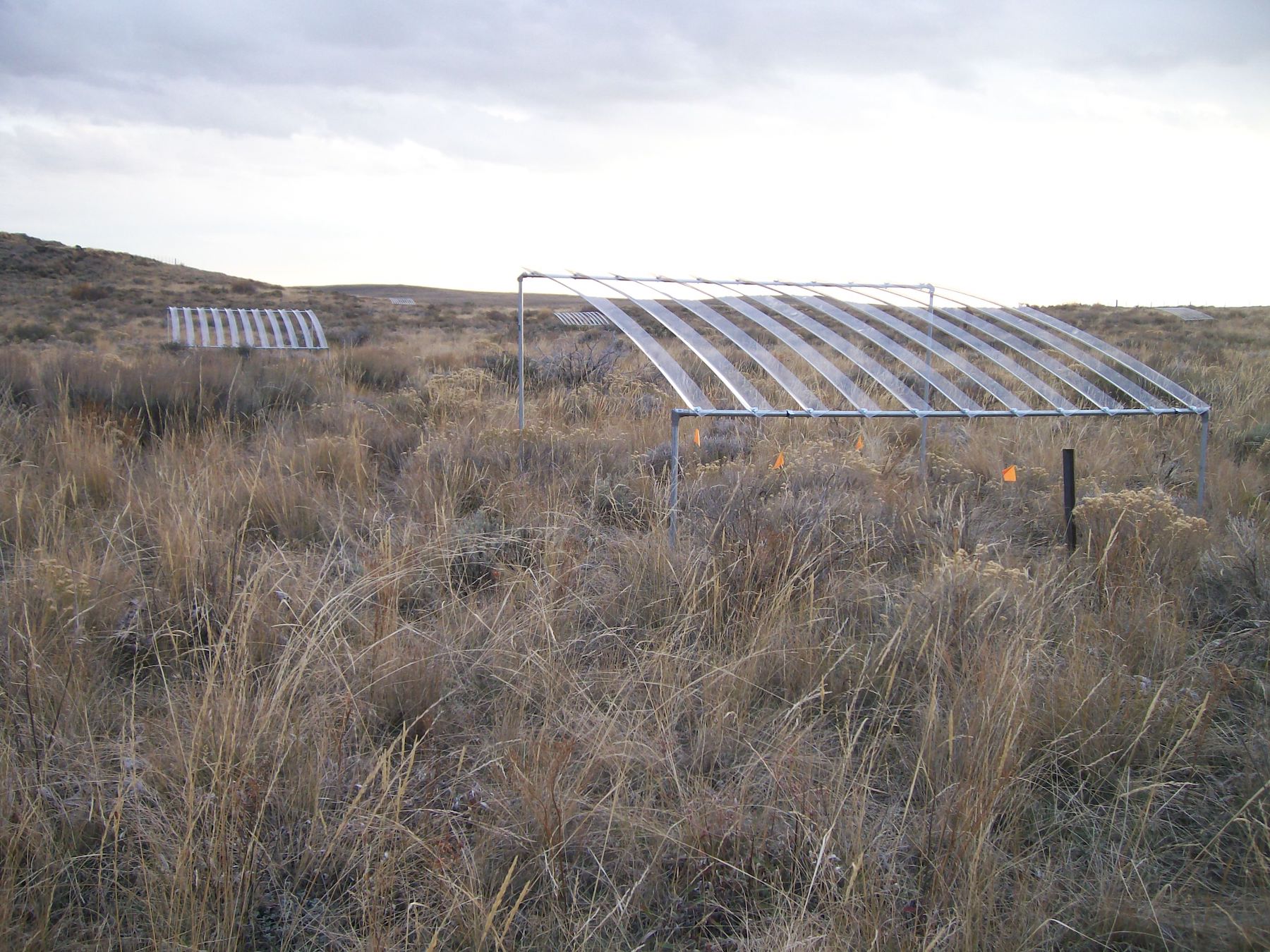Ecologists regularly claim that their research “improves” our understanding of nature–but is there a way to demonstrate this? Ideally, improvements in our understanding should be backed up by improvements in our ability to predict changes in the population of an organism or the future state of an ecosystem.
My advisor at Utah State University and I used long-term data to fit climate driven population models for four species of perennial plant in the sagebrush steppe of eastern Idaho. We then generated predictions for how each of the four species would respond in novel conditions–either a 50% increase in spring and summer precipitation or a 50% decrease. We imposed these conditions experimentally on natural plant communities with drought shelters and paired irrigation plots. We collected data on the populations in the plots for five years to validate our predictions.
